How Music Around World will Enrich and Grow Students All Year!
Music around the world will open the eyes of your students to places far away and discover how music unites us together. Choose a country or culture each month and highlight key history features, festivals, music artists, instruments, and folk dances. Decorate bulletin boards and share folk music to turn into a performance. The possibilities are endless and can reach all music grade levels that you teach. See how to share music around world to enrich and grow music students all year.
Definition World Music
A definition of world music is broadly thought of as music created throughout the world. The term “World Music” was actually coined in the early 1960’s by ethnomusicologist Robert E. Brown. Brown’s idea was to promote cultural harmony and understanding by learning the dances and music styles and performing them. We now know that
studying music around world can enrich students’ lives, grow awareness and appreciation for other cultures and traditions.
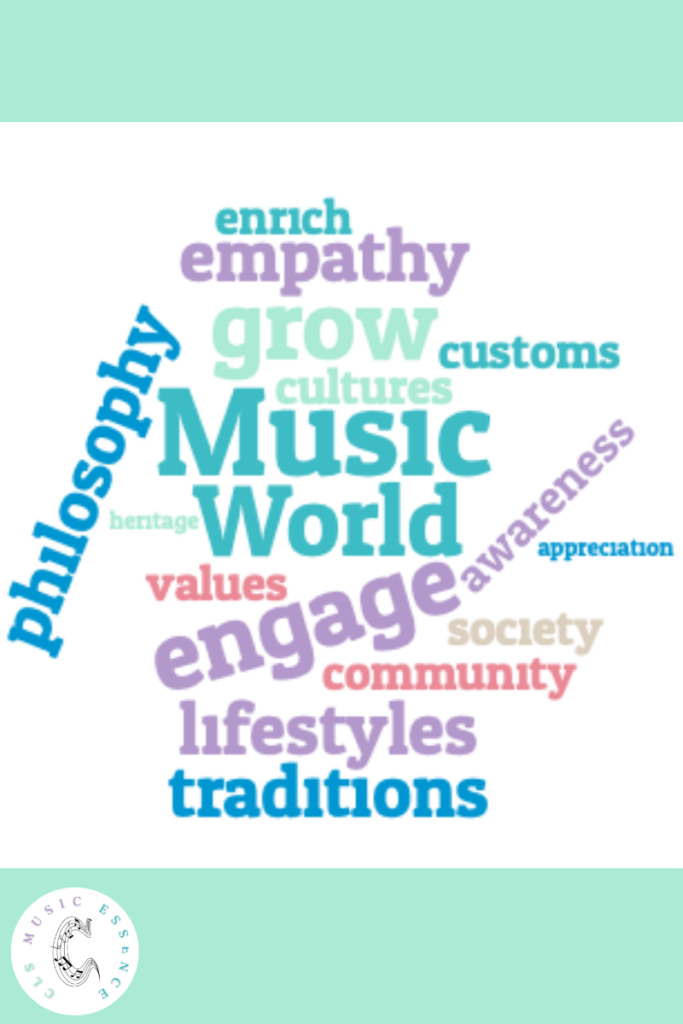
Heritage Months Calendar
Heritage months calendars are a great way to begin music lesson planning for music around world and determine which country to focus on each month. September is Hispanic Heritage Month. Many people incorrectly think of Cinco De Mayo, May 5th, as Mexico’s independence day. Mexico’s Independence Day is celebrated on September 16th. This is the day that triggered the Mexican War of Independence when Mexico fought to gain their country back from Spain.
National Hispanic Heritage Month lasts from September 15th to October 15th. Other Hispanic countries included during this time: Argentina, Bolivia, Chile, Colombia, Costa Rica, Cuba, Dominican Republic, Ecuador, El Salvador, Equatorial Guinea, Guatemala, Honduras, Mexico, Nicaragua, Panama, Paraguay, Peru, Puerto Rico, Spain, Uruguay, and Venezuela.
To highlight another month, November is for Native Americans. There are 574 officially recognized Indian tribes, wow! You can make this manageable by looking at the tribes within the state where you teach. Or narrow the list by the largest tribes. The 10 largest in order of population are Navajo, Cherokee, Sioux, Chippewa, Choctaw, Apache, Pueblo, Iroquois, Creek, and Blackfeet. There may be a group near you willing to share their culture.
- September – Hispanic Heritage; German Heritage
- October – Italian Heritage
- November – American Indian & Alaska Native Heritage
- February – African
- March – Irish Heritage; Greek Heritage
- April – Arab Heritage, Scottish Heritage
- May – Asian/Pacific Heritage; Jewish Heritage; South Asian Heritage, Haitian Heritage
- June – Caribbean Heritage
- July – French Heritage
- August, December and January – None to date
Music Around World Celebrations
Once you have chosen your countries for each month you can begin with information to grow awareness and appreciation for each country. A great way to find information is to learn what countries around the world celebrations look like and why they are important.
One of the most famous tourist attractions is the running of the bulls in Pamplona, Spain. This three-minute thrill run happens in July each year as part of the San Fermin Festival and dates back to the 13th century when cattle herders needed a way to bring their bulls to the center of town to sell or bring to a bull fight.
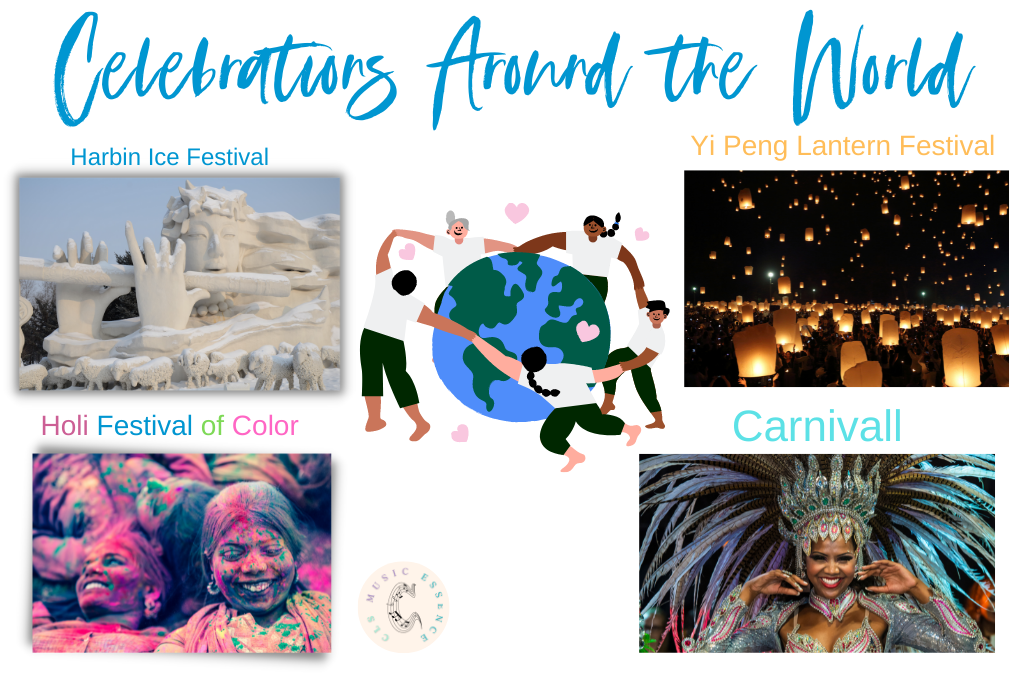
One of the most beautiful celebrations is the Loy Krathong & Yee Peng Lantern Festivals in Chiang Mai, Thailand. In November Loy Krathong brings the rivers and lakes alive with tiny flickering candles that are set free to float on the waters. Equally amazing sight is the Yee Peng Lantern Festival where thousands of illuminated lanterns soar into the night sky.
Learning about each culture helps prepare students for appreciation of the country and interest in the country’s music styles and instruments.
- Agueda – Portugal
- Yi Peng Lantern Festival – Thailand
- The Fuji Shibazakura Festival – Japan
- Holi Festival of Color – India
- La Tomatina – Spain
- Carnival – Rio de Janeiro, Brazil
- Octoberfest – Munich, Germany
- Harbin Ice Festival – China
- August Moon Festival – Greece
- Mardi Gras – New Orleans, Louisiana
Music around the world: Folk Music
Next, seek out what is folk music from each country and make a list of choices to use in the classroom. Music around world folk songs are often orally handed down from one generation to the next rather than in a written form of music. It is usually songs from the general population and often reveals what was happening of importance at that time.
“Molly Malone” is a work song about selling local seafood. It is the unofficial anthem of Dublin, Ireland. A bronze statue of Molly Malone pushing her wheelbarrow stands in Dublin. The state commissioned the statue to celebrate Dublin’s Millennium on June 13th, and also declared the date as Molly Malone Day. These interesting facts with pictures give ownership to the students when they sing and/or play the music.
In Mexico, the folk song “Cielito Lindo” dates back to 1882 and is a song that unifies and brings happiness to the people of Mexico even today. It has become the trademark song for Mexico and is common for a gathering to end with everyone singing “Cielito Lindo.”
- Ach, du lieber Augustin – Austria
- Arirang – South Korea
- Day Oh – Jamaica
- Frère Jacques – French
- Land of the Silver Birch – Canada
- My Bonnie Lies Over the Ocean – Scotland
- Old Dan Tucker – Australia
- Siyahamba – South Africa
- Take Time in Life – Liberia
- Zum Gali Gali – Israel
Music Around the World Instruments
After you have selected Folk songs to teach, choose several instruments that are significant to that country. Ireland is the only country that has a musical instrument on its national emblem. The harp is seen throughout Ireland on buildings and coins.
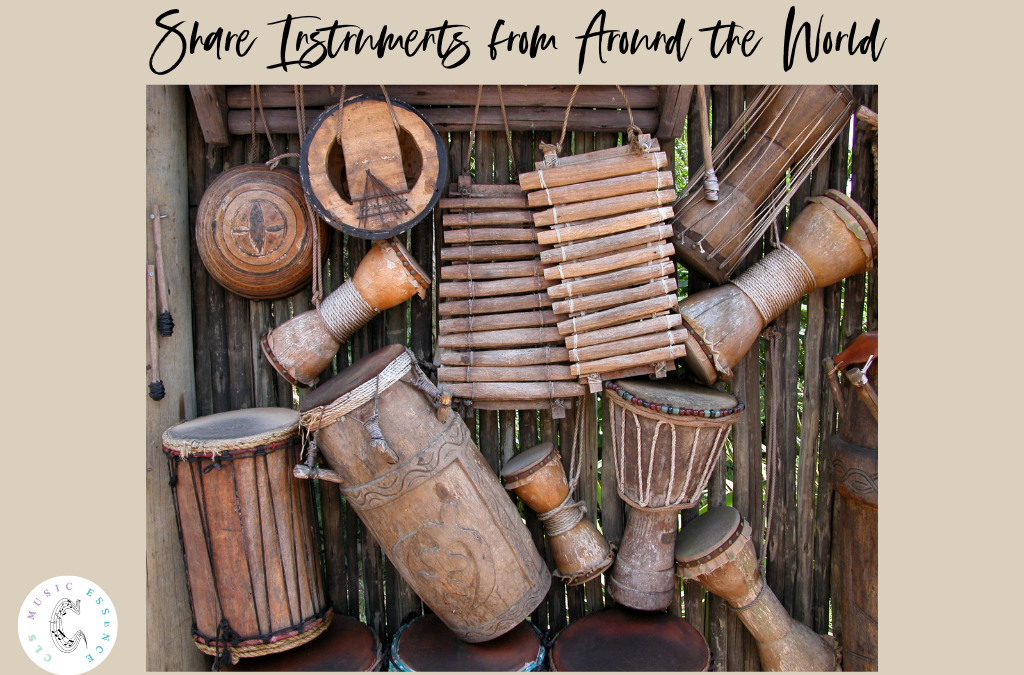
Spain widely popularized the guitar as they brought a similarly shaped instrument with them on their conquests to new lands. The accordion invented in Germany and patented in Vienna made its way to Mexico, Russia, and Italy. Percussion instruments made from natural materials vary from county to country.
YouTube is a great source for demonstrating techniques and sounds of instruments for music around world highlights. a
Music Around World Dances
Top off each music around world music lesson plan with a folk dance from the country. Around the world folk dances keep the culture of people alive and also passed down through generations. Folk dances are a way to celebrate, give thanks, play games, or tell a story.
In Spain, the percussion accompaniment of flamenco happens with the dancer’s feet and sophisticated hand clapping called palmas. flamenco dancers are considered one of the 4 main instruments for flamenco music. Some popular Music Around World Dances are:
- Samba – Brazil
- Tarantella – Italy
- Flamenco – Spain
- Dragon dance – China
- Kabuki – Japan
- Tango – Argentina
- Hula – Hawaii
- Bharatanatyam – India

World Music
A world music lesson can easily cover a month of music planning by teaching appreciation for each country’s culture, history, celebrations, music styles, folk songs, musical instruments, and folk dances. The tone is set by sharing information on a bulletin board where students will look forward to discovering which country will be next, and you already have set the stage for polishing off a performance using the history, music, and dances students learn each month.
Along with world music dances, music around the world music unit also define a cohesive plan, easily encompasses all music standards of a general music classroom, and can be the framework for planning an entire year!
Music From the World
If you would like to save both time and money, see this music from around the world growing bundle. A growing bundle means you buy in at one price and received additional world music lessons for FREE. The bundle price increases each time a country is added, so the sooner you buy the more you will get for FREE. Check out these unique audio book cartoon format music lessons for music from the world click here.

Read more on teacher music from Around the World Mexico here.
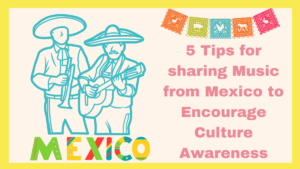

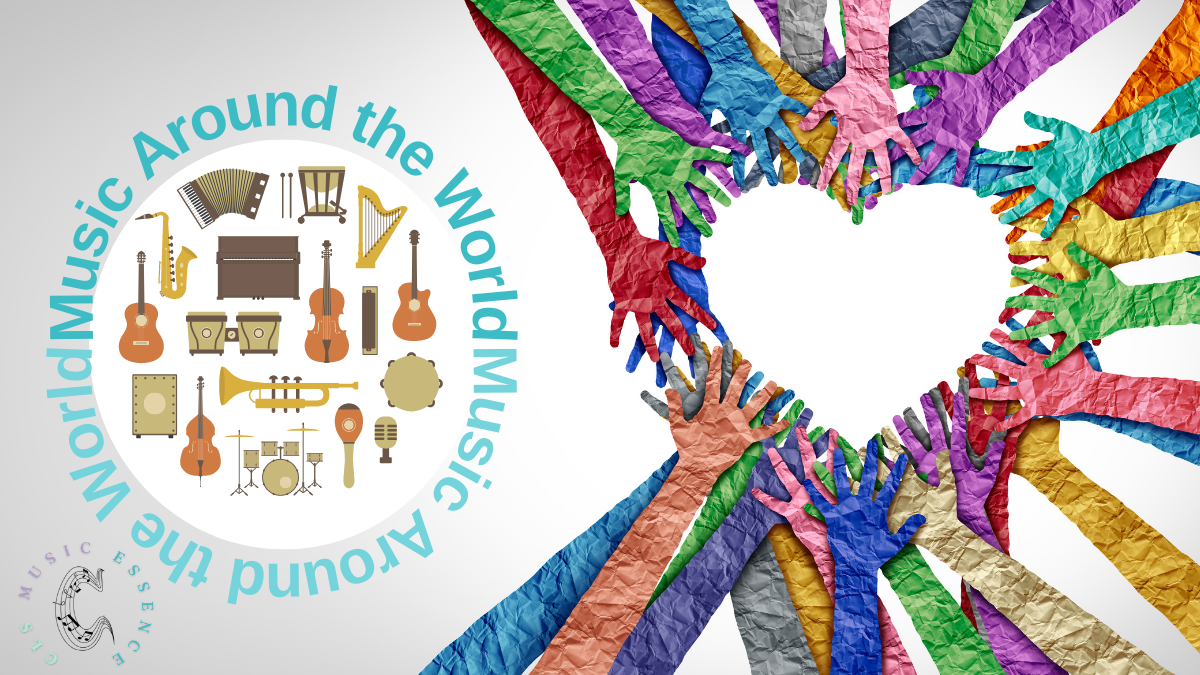
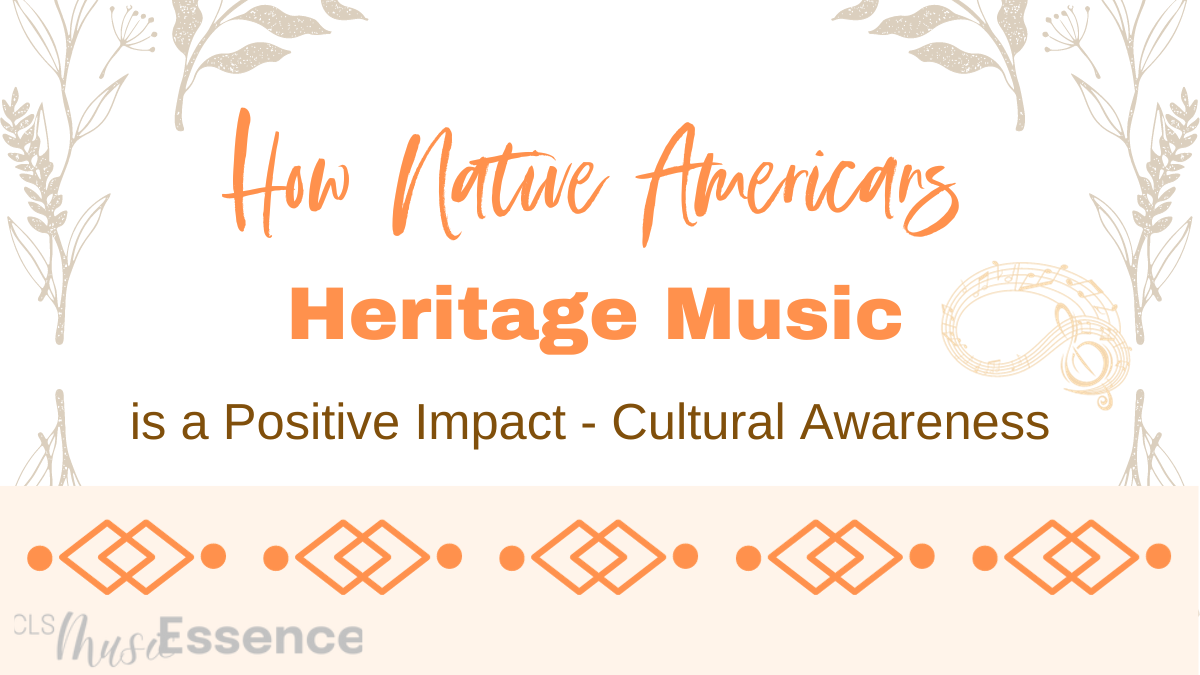
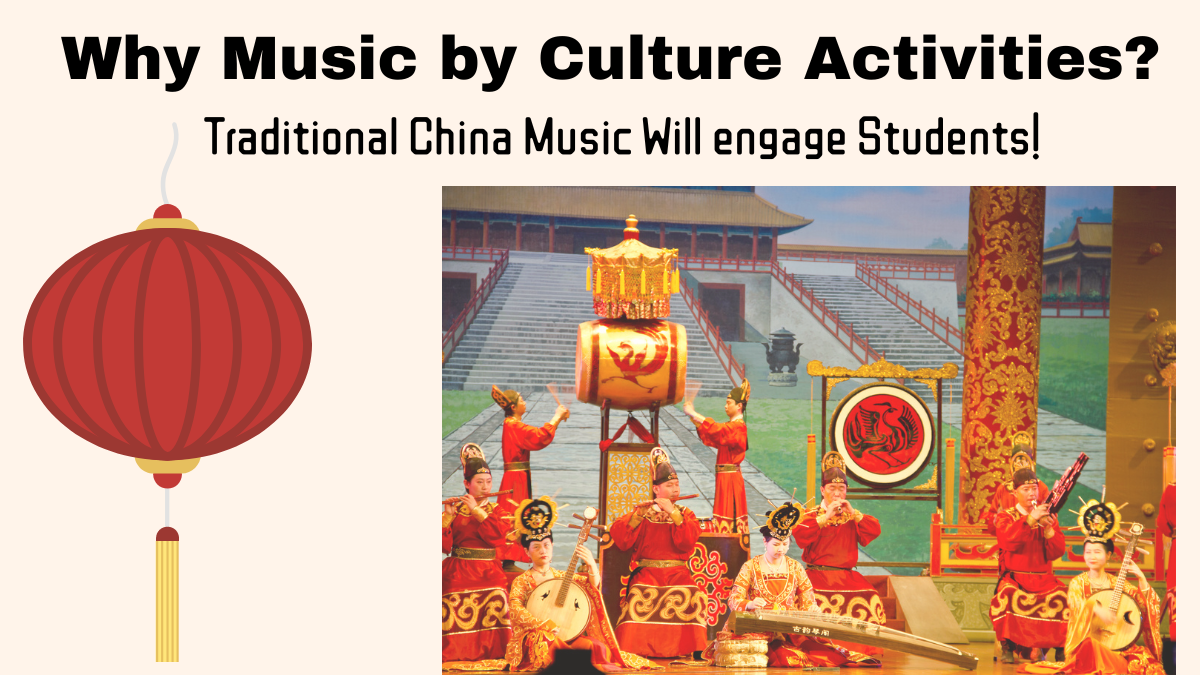
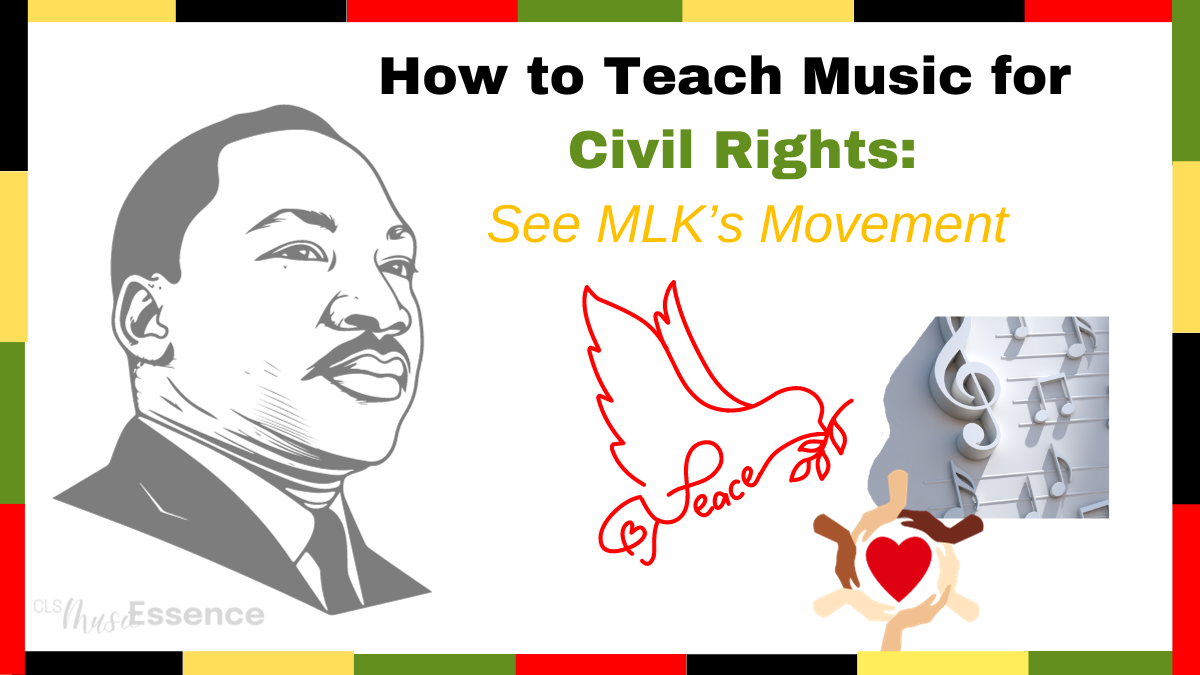
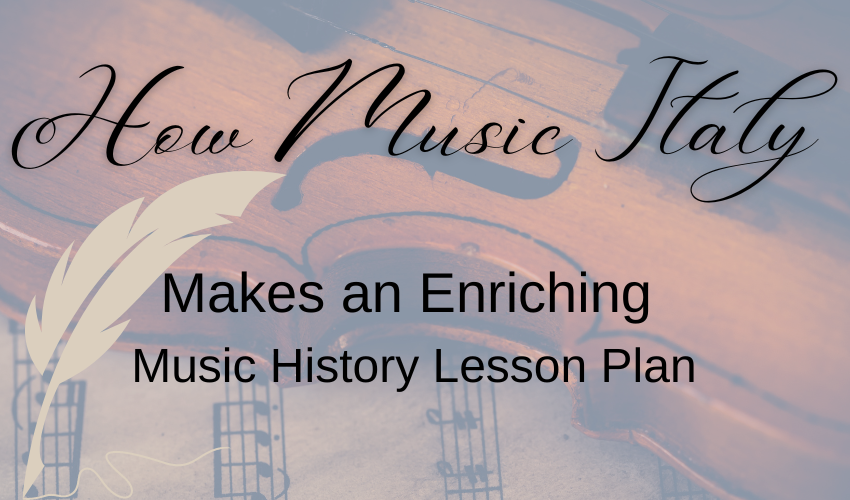
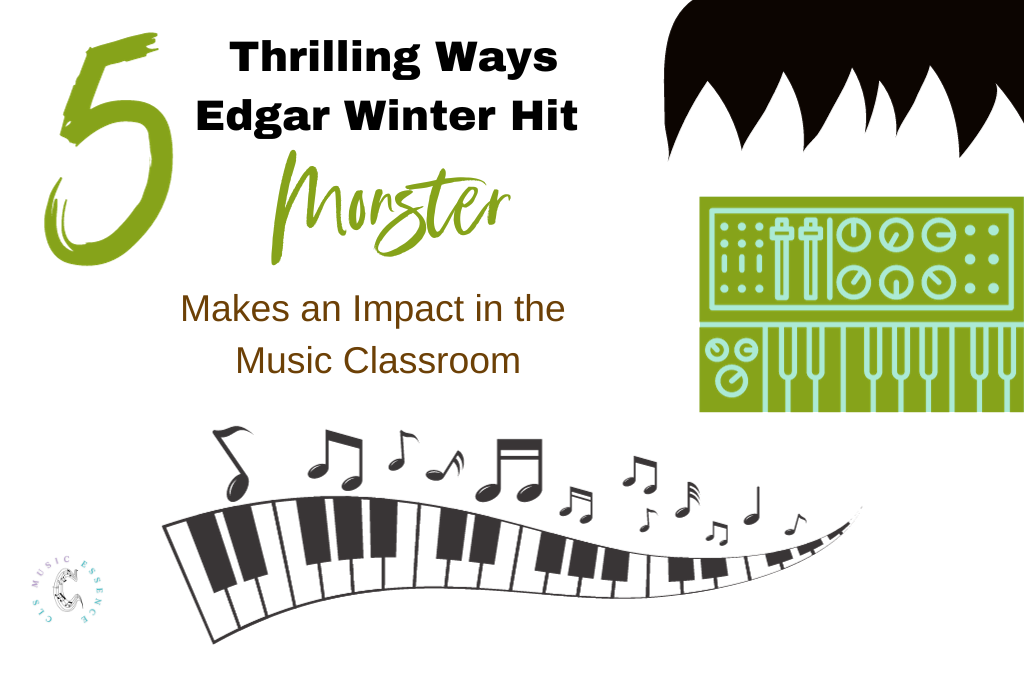
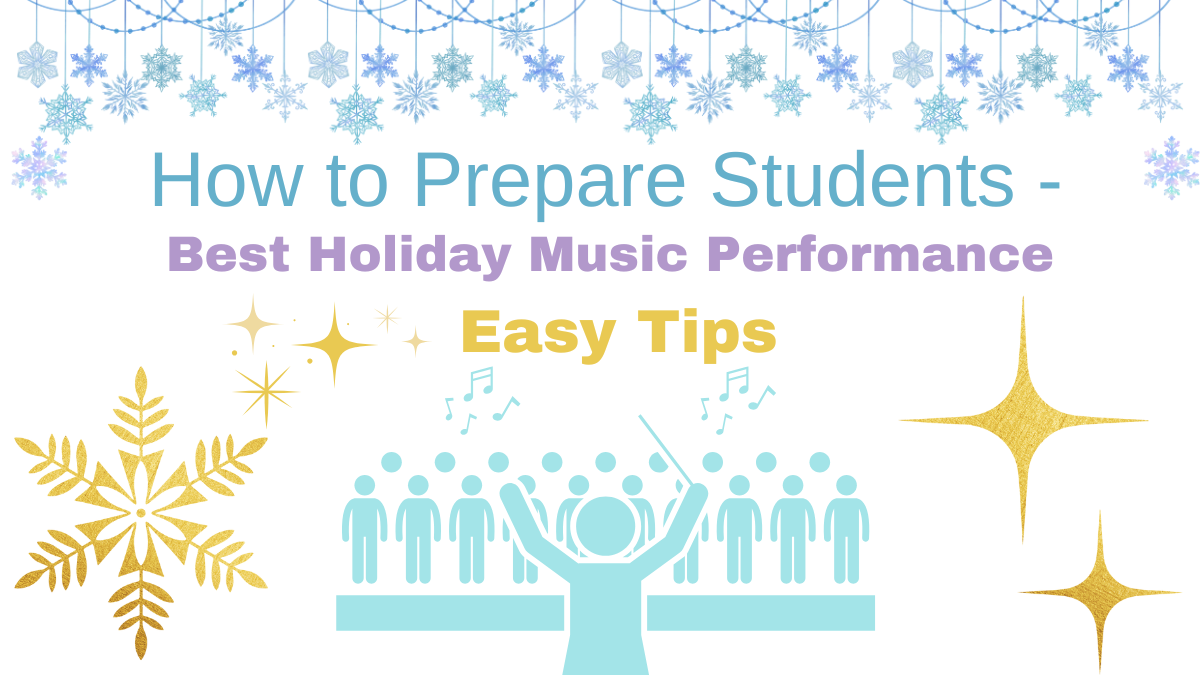
5 Comments